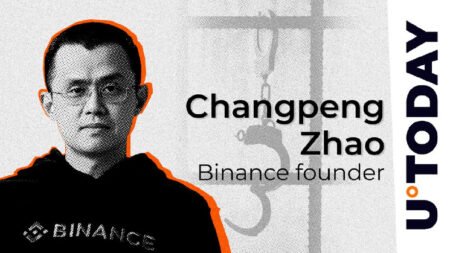Binance, one of the world’s largest cryptocurrency exchanges, recently found itself at the center of controversy after listing a large number of memecoins.
In response to criticism from the crypto community, Binance co-founder He Yi published an in-depth article detailing the platform’s listing process and addressing concerns raised by users.
In the article, He Yi explained that Binance’s listing process involves a four-step procedure: business development, research team evaluation, committee review, and compliance audit. He also expressed ongoing discussions about Binance’s listing decisions and the community’s concerns about the platform’s recent direction:
“Recently, there has been a heated debate in the community about Binance’s listing process. We have carefully considered everyone’s opinions.”
He highlighted three main points of criticism: the belief that Binance is betraying its community by listing VC-backed coins, the idea that listing memecoins lowers listing standards, and the idea that Binance is acting recklessly by listing certain gaming projects from Telegram (TG).
He Yi stated that Binance takes these concerns seriously. “The deeper the love, the harsher the criticism,” He Yi said, adding that those who care about Binance are the ones who voice these concerns.
To clarify the matter, He Yi summarized the general preferences of Binance’s past listing committees:
- Listing Projects That Users Want: He Yi admitted that Binance had previously missed opportunities by underestimating the importance of memecoins, citing examples such as Shiba Inu (Shib), ConstitutionDAO (PEOPLE), and Pepe (PEPE). He stated that projects with a strong user base and significant traffic are important for the platform’s listing decisions.
- Long-Life Projects: Yi noted that traditional VCs have been aggressively entering the crypto space in recent years, leading to inflated valuations for projects with even the slightest potential. According to his statement, Binance took this trend into consideration when evaluating projects.
- Projects with Solid Business Models: Addressing the common claim that crypto projects do not need business models, He Yi said that he believes that entrepreneurship, whether in Web2 or Web3, should be driven by creating something valuable that customers are willing to pay for.
*This is not investment advice.
Read the full article here


















